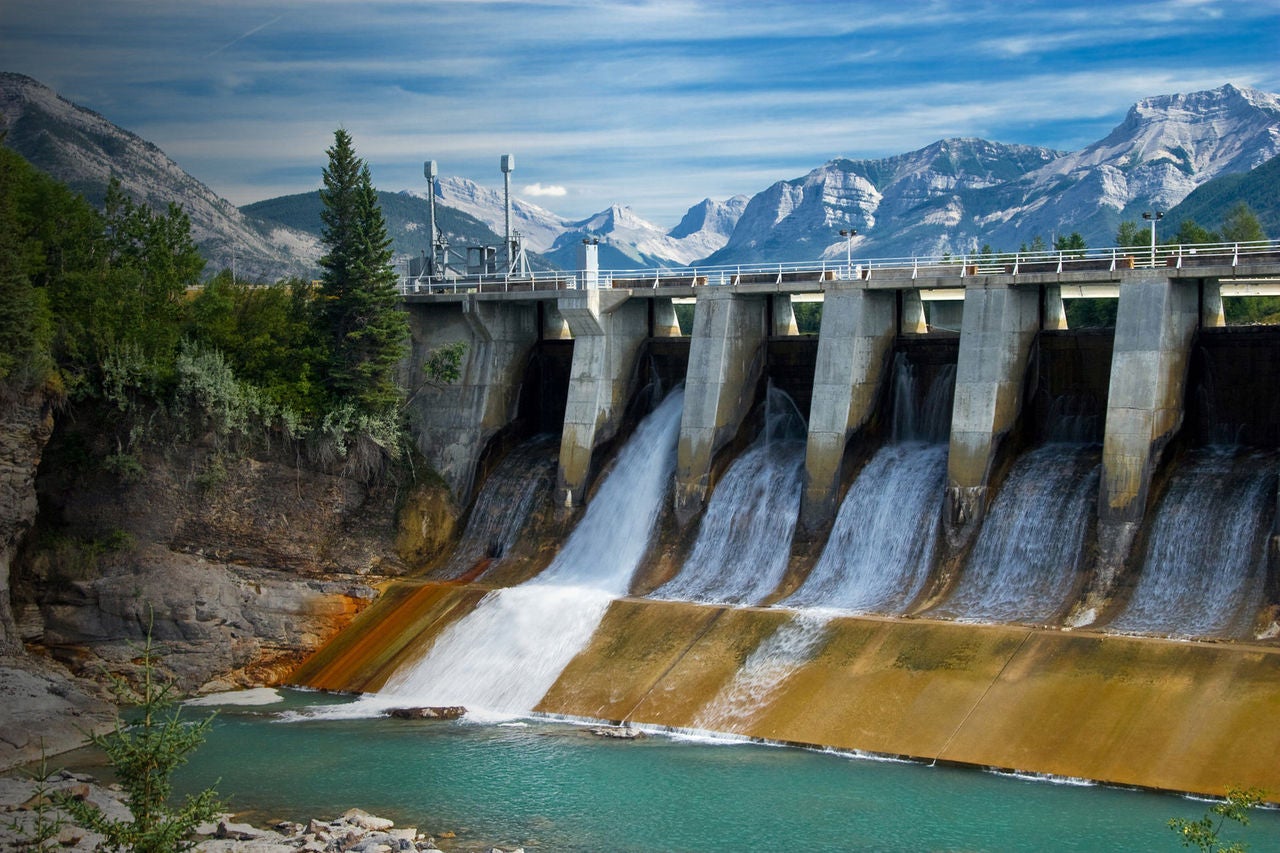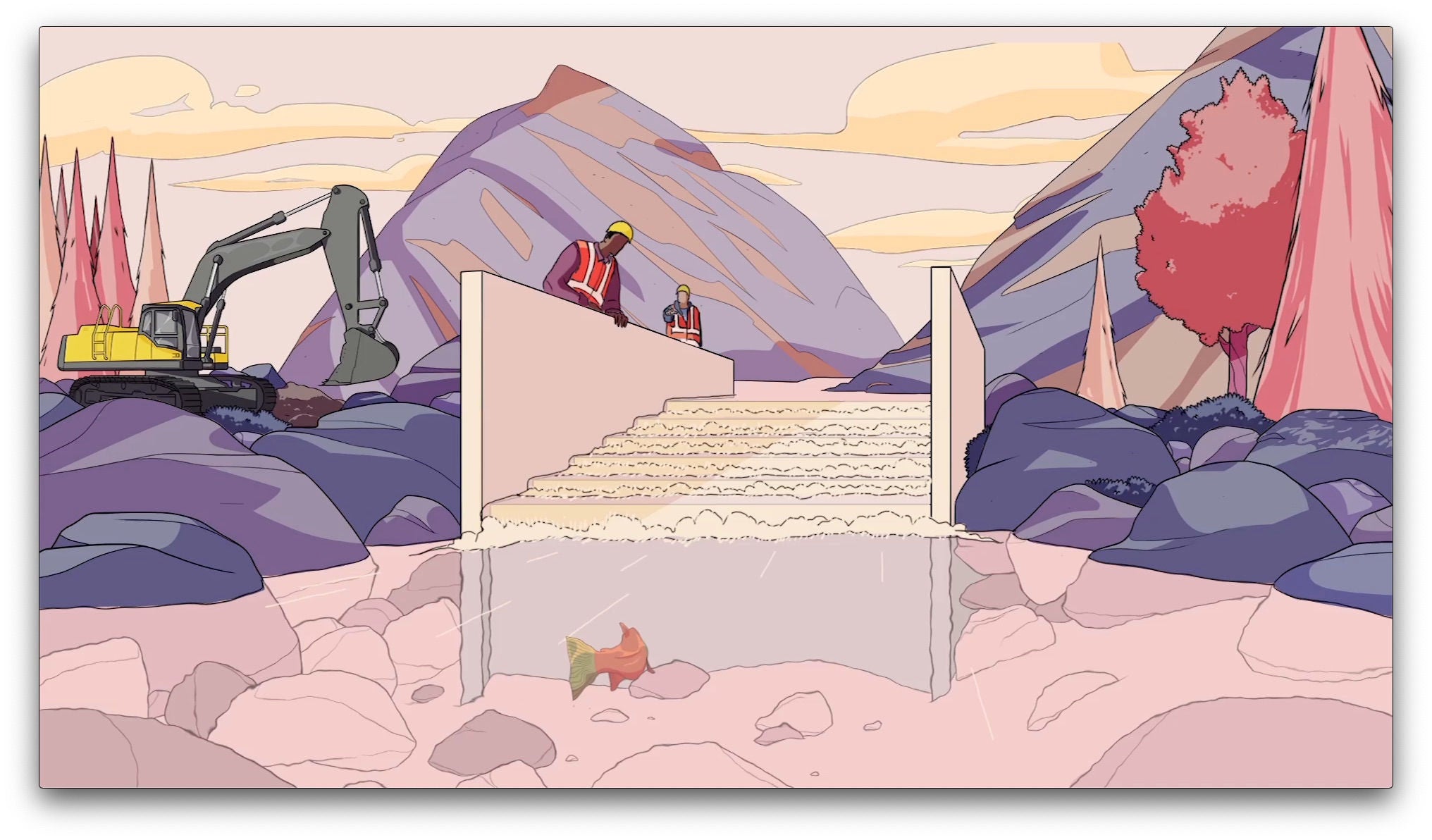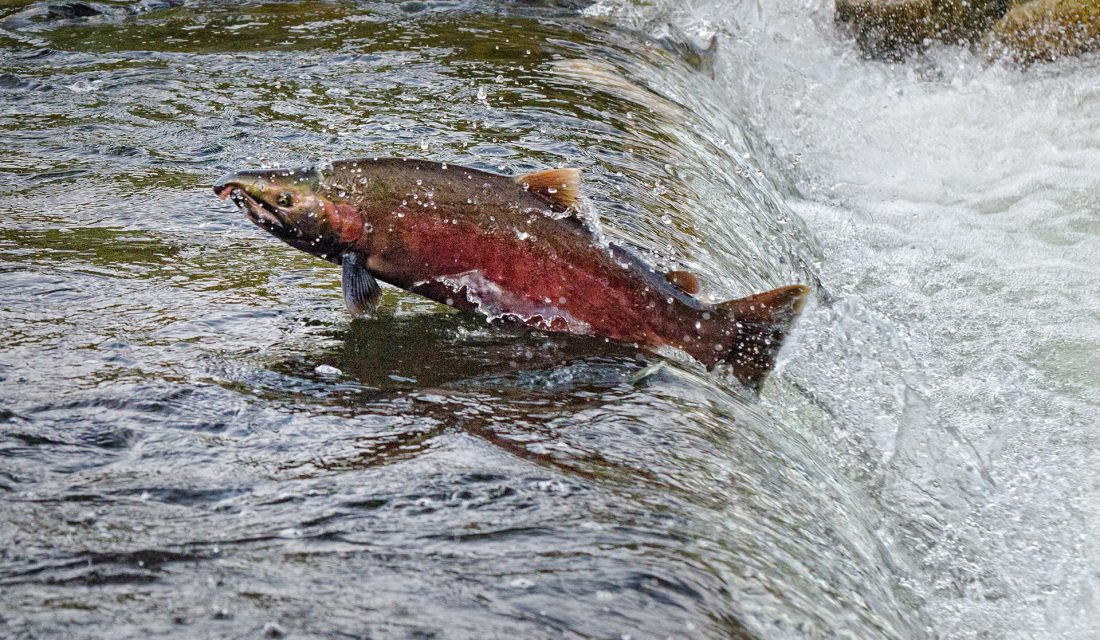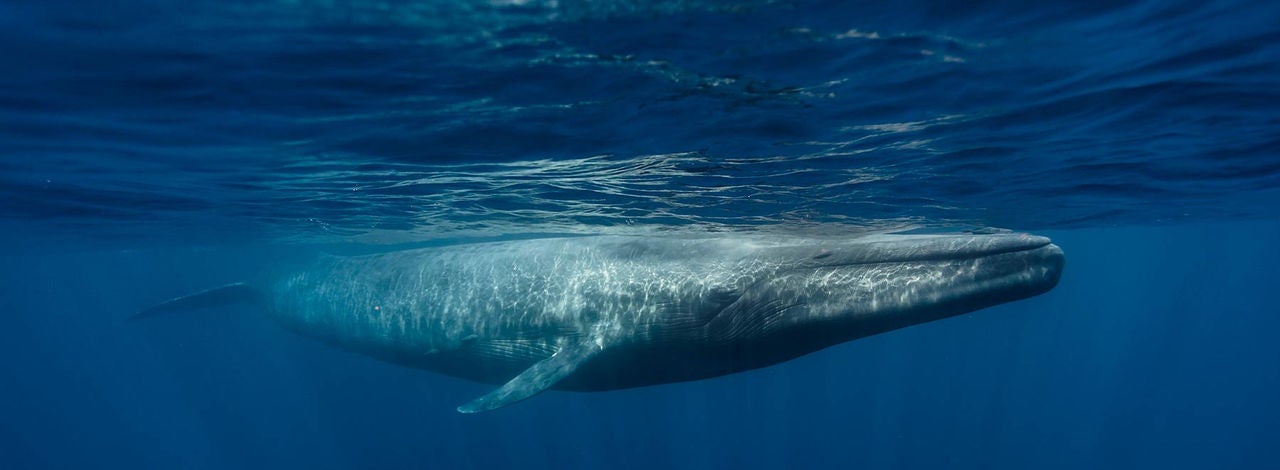The Threat
Over the years, we have built hundreds of thousands of dams, levees, railways and road crossings. There are more than 30,000 dams in Canada and only 250 are believed to have fishways allowing safe passage and many barriers may block entire rivers from fish migration.
There may be a barrier every three kilometres throughout our waterways severely fragmenting fish habitat in Canada and being a major contributor to declines.
Unfortunately, these barriers impair the ability of many of our iconic fish species from migrating and have caused many populations to plummet.
Both Atlantic and Pacific Salmon, Trout, Lake Sturgeon, Northern Pike as well as small prey fish like herring have found themselves blocked from historic habitat, breeding areas or simply reaching neighbouring ponds and streams.
Once extremely abundant throughout Eastern Canada including populations in Lake Ontario and the St. Lawrence, the American Eel has seen a dramatic population decline by as much as 99 per cent. After spending as much as 20 years in streams and lakes, eel migrate tens of thousands of kilometres downstream and swim to the Sargasso Sea.
While over 250,000 adult eels used to migrate through the Ottawa and St Lawrence rivers each year, the numbers are now below 1,000. A main cause of this decline is hydroelectric dams where eels when trying to navigate through are killed or injured by the turbines, many dying slowly on the river bottom from damaged swim bladders. The ever declining number of young eels known as elvers that return to our freshwaters have further difficulty getting upstream.
What CWF is Doing
Developed a National Database of Aquatic Barriers in Canada

- CWF developed the first comprehensive national database of aquatic barriers in Canada. This database now includes more than 36,000 dams, 25,000 waterfalls, 400 fishways and 1.5 million modelled stream crossings in Canada.
This is critical because more than half of Canada's freshwater fish are at risk of extinction. We’ve already lost 13 fish species (10 are Extinct, three are Extirpated), and another 62 are considered Endangered, including White Sturgeon and some populations of Atlantic and Pacific salmon and American Eel. We must work together to understand the full scope of national barriers to fish passage and address these barriers to conserve precious fish stocks.
This year we are also developing a mobile app that will allow practioners and citizen scientists alike to contribute data to the CABD. Learn more at AquaticBarriers.ca
Learn more >
Removing Barriers
- CWF has been working with First Nations, community groups, government, and industry in four target watersheds in B.C. to develop community-driven Watershed Connectivity Restoration Plans. These plans identify target fish species, estimate connectivity status, define project scope and goals, and outline watershed-specific actions and strategies for improving connectivity in the watershed. Through spatial analysis, local knowledge, and field investigations, each plan identifies a suite of barriers, and prioritizes which to remove to provide the most valuable habitat gains in each watershed.
To date, we have completed 21 fish passage rehabilitation projects in B.C., restoring access to 3.3 million square metres of habitat (332 hectares) throughout British Columbia. The Canadian Wildlife Federation has also been working with local partners for the past three years to develop the Lower Nicola Watershed Connectivity Restoration Plan (https://cwf-fcf.org/en/resources/research-papers/LowerNicola_WCRP_13-10-2021.pdf). The plan follows the international Conservation Standards and sets out goals, strategies, and actions for improving connectivity for Pacific salmon and steelhead in the Lower Nicola watershed. The Watershed Connectivity Restoration Plan includes a goal to increase accessible rearing habitat in the watershed from its current state of 83 per cent connected to 90 per cent, which equates to reconnecting ~39 km of habitat. The Clapperton dam was identified as a priority site in the plan and restores access to 4.6 km of the targeted 39 km.
Last summer, we partnered with the Lower Nicola Indian Band to remove an orphaned and partially collapsed irrigation dam on Clapperton Creek, which was located on Lower Nicola Indian Band reserve lands. Clapperton Creek is home to populations of Chinook and Coho salmon, Rainbow Trout and steelhead, and Mountain Whitefish. The stream has been heavily impacted by irrigation withdrawals, and a flood in 2017 reduced complexity in the lower reaches of the stream by filling in a number of pools. As part of this project, we installed two small rock steps in the stream, to maintain a deep pool formed by the dam and encourage the formation of a second deep pool downstream. This project was made possible thanks to funding support from the Pacific Salmon Commission Southern Fund and the BC Salmon Restoration and Innovation Fund.
Learn more >
Remediating Barriers

- CWF has been working with First Nations, community groups, government, and industry in four target watersheds in BC to develop community-driven Watershed Connectivity Remediation Plans. These plans identify target fish species, estimate connectivity status, define project scope and goals, and outline watershed-specific actions and strategies for improving connectivity in the watershed. Through spatial analysis, local knowledge, and field investigations, each plan identifies a suite of barriers, and prioritizes which to remediate to provide the most valuable habitat gains in each watershed.
To date, we have completed 21 fish passage rehabilitation projects in B.C., restoring access to 70 kilometres of habitat throughout British Columbia. This year we intend to work with partners to tackle barriers in the Bulkley Watershed, Lower Nicola Watershed, Horsefly Watershed and Canton Creek.
We are also part of a collaborative working group that examines the impacts of rail lines on fish passage in the Fraser Basin. Our model will hone in on how much habitat is blocked for species like Chinook Salmon, Sockeye Salmon, Coho Salmon and steelhead.
Learn more >
Advocating for Better Protection for Fish Species
- CWF is also working hard to identify the failures of governments – both provincial and federal – to properly protect fish species and assist in their recovery, including the proper regulation of hydropower facilities.
Learn more >
Speak Up for Water & Wildlife
This Parliamentary Committee on Fisheries and Oceans will be reconvening soon. We at the Canadian Wildlife Federation believe that the Fisheries Act needs to be more effective on how it protects water and wildlife.
Canada’s wildlife can’t speak for themselves, so it’s up to us to speak up for them. We’re asking you to add your voice today. Let the Parliamentary Committee on Fisheries and Oceans know that you care deeply about our waterways and wildlife.
Already added your voice? You can still help?
Report barriers you see including waterfalls, dams, fishway and modelled crossings, on the Canadian Aquatic Barriers Database. When you upload a barrier, you are helping researchers know the areas in the country that may require attention to ensure fish passage can occur.
We estimate that there are more than 400,000 barriers to fish passage across Canada. Help us to build our knowledge base by providing updates to the Canadian Aquatic Barriers Database. Soon you can record information on stream crossings, dams and other structures in your own back yard! Keep an eye for our Canadian Aquatic Barrier Ranger app, to be released this spring.
Are you an Indigenous organization or community group that’s interested in learning more about creating a connectivity plan for your area? Give us a call or visit fishpassage.ca to find out more.
About You
Province/Territory



